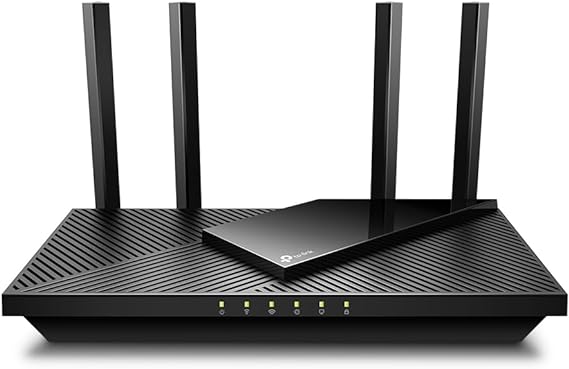📋 Table of Contents:
Call Recording: Balancing Utility and Privacy - A Comprehensive Deep Dive
Introduction: Why Call Recording Has Become a Global Phenomenon
In an era where voice conversations are digital gold, call recording technologies are proliferating worldwide. From contact centers to virtual meetings and personal calls, this practice serves diverse purposes—improving customer service, gathering legal evidence, and more. However, its ubiquity raises critical questions about balancing public benefit with privacy rights.
Chapter 1: Legal and Ethical Frameworks
1.1 Global Regulations at a Glance
EU: Governed by GDPR, requiring all-party consent
US: State-dependent (e.g., California mandates two-party consent)
Arab States: Most require at least one-party notification (e.g., Saudi Arabia’s 2023 regulations)
1.2 Ethical Debates
Proponents:
Service quality enhancement
Protection of employee/customer rights
Fraud prevention
Opponents:
Privacy invasion risks
Sensitive data leakage
Potential for manipulation
Chapter 2: Technologies and Systems
2.1 How Recording Systems Work
Legacy Systems:
Analog devices (e.g., Nice NTR)
Tape/local server storage
Modern Systems:
Digital VoIP solutions (e.g., Avaya)
Cloud storage with AES-256 encryption
AI-powered sentiment analysis
2.2 Hidden Technical Costs
| Component | Annual Cost |
|---|---|
| Cloud Storage (1TB) | $300 |
| Software Licenses | 2,000 |
| Security Maintenance | $1,500+ |
Chapter 3: Real-World Use Cases
3.1 Customer Service
UAE Telecom: Reduced complaints by 40% after analyzing 1,000 monthly recordings
Egyptian Bank: Detected $2M fraud via call pattern analysis
3.2 Internal Management
Employee Training: 95% error reduction through recording audits
Conflict Resolution: 80% of disputes resolved without HR intervention
3.3 Personal Use
Apps like Cube ACR: WhatsApp call recording for individuals
Hidden Risks:
23% of 2023 security breaches originated from leaked recordings
Chapter 4: Security Risks and Threats
4.1 Worst-Case Scenarios
Server Breaches: Leaked corporate secrets
Deepfake Tampering: AI-altered audio content
Digital Blackmail: Exploitation of personal recordings
4.2 Case Study: Microsoft Skype 2022 Leak
1.2M private meeting recordings exposed
Causes:
Outdated encryption protocols
Default password usage
Chapter 5: Best Practices for Secure Recording
5.1 Mandatory Policies
Transparency: Clear “This call is recorded” notifications
Secure Storage:
Dual encryption (at rest & in transit)
Auto-deletion after 90 days
Access Control:
Role-based permissions
Audit logs
5.2 Personal Protection Tools
Anti-Recording Apps: e.g., DontSpy 2.0
Signal Jammers: Dedicated RF-blocking devices
Digital Awareness:
Avoid sensitive discussions via phone
Use encrypted messaging apps
Chapter 6: The Future of Call Recording
6.1 Emerging Tech
Quantum Encryption: Future-proofing against hacks
Blockchain: Immutable decentralized storage
Interpretive AI:
Context-aware speech-to-text
Mental health detection via vocal tone
6.2 2030 Predictions
70% of recordings secured via post-quantum cryptography
Rise of self-destructing recordings
Fines up to 4% of revenue for non-compliant companies
FAQ
Q: Can I refuse call recording?
A: Yes—most jurisdictions allow ending the call or requesting recording cessation.
Q: How do I know if I’m being recorded?
A: Compliant companies announce it explicitly at the call’s start.
Q: Are deleted recordings truly gone?
A: Secure deletion requires tools like Darik’s Boot and Nuke.
Conclusion: Navigating the Age of Ubiquitous Recording
Call recording is a double-edged sword—it can enhance lives or threaten privacy. The solution lies in:
Robust Legislation: Balancing interests
Public Tech Literacy: Empowering individuals
Continuous Innovation: Advancing security
The choice isn’t whether to record, but how to record responsibly. Ultimately, technology reflects its users’ values—let’s make it a force for good.

.png)






.jpg)